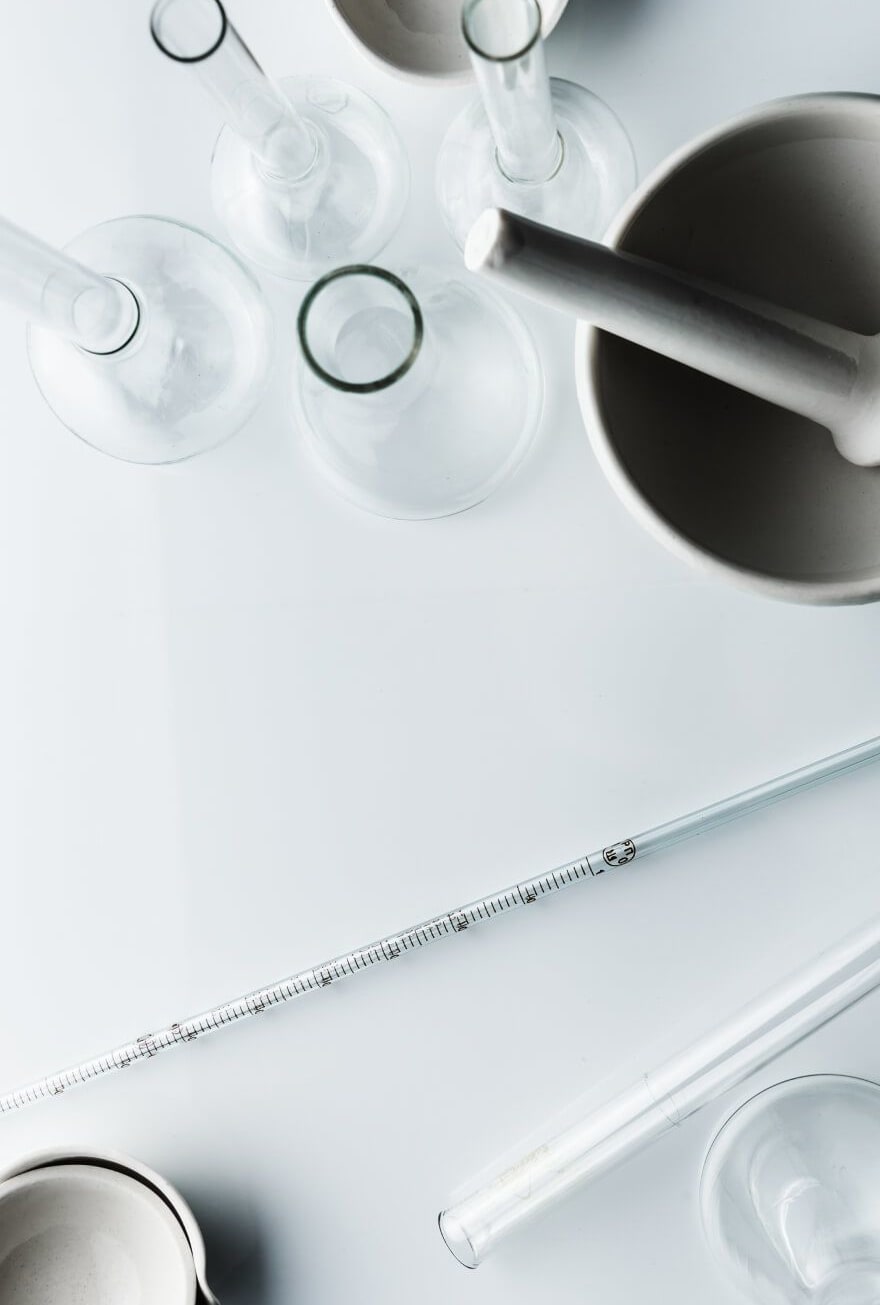Knowde Enhanced TDS
Identification & Functionality
- INCI Name
- Ingredient Origin
- Cosmetic Ingredients Functions
- CAS No.
- 9067-32-7
- Technologies
- Product Families
Features & Benefits
- Benefit Claims
- Labeling Claims
- Functions of Different Molecular Weight HA
- High molecular weight
(MW between 1.5m~2.2m Da) can be formed breathable film on the surface of the skin, help the skin to lock moisture, and to prevent the invasion of bacteria, dust and ultraviolet, so that to protect the skin from damage
- Middle Molecular weight
(MW between 1.0m~1.5m Da) can tighten the skin and keep skin moisturizing for long term. Good moisturizing & lubricity, slow release, stable emulsification.
- Low Molecular Weight
(MW between 3000~100,000 Da) can penetrate into the dermis quickly, dilated capillaries slightly, promote blood circulation and metabolism, and it has the function of eliminating wrinkles, increasing skin elasticity and preventing skin aging.
Applications & Uses
- Markets
- Applications
- Usage
Sodium hyaluronate is a cosmetic ingredient for skin care products. It can be processed either warm (<60°C) or cold and is incorporated into the aqueous phase of a cosmetic formulation. Sodium hyaluronate can form complexes with cationic compounds and proteins which may give rise to precipitation. For skin care preparation, the addition of 0.1%-1.0% Sodium hyaluronate is recommended.
Properties
- Appearance
- White powder and granules
- Soluble in
- water
- Insoluble in
- non - polar solvents
- Specifications
- Solubility
Limited solubility in alcohol-water mixture. Soluble in the mixture if the concentration of alcohol is below 40%.
| Value | Units | Test Method / Conditions | |
| pH | 6.0 - 7.5 | - | - |
| Inherent Viscosity | 19 - 26 | dl/g | - |
| Purity | min. 93.0 | % | HPLC |
| Molecular Weight | 1.50 - 2.00 * 10 6 Da | - | - |
| Light Transmittance | min. 99.0 | % | - |
| Specific Rotation | 139 - 145 | °C | - |
| Loss On Drying | max. 8.0 | % | - |
| Heavy Metal (Pb) | max. 20 | ppm | - |
| Total Bacteria Count | max. 10 | cfu/g | - |
| Yeast & Mold | max. 10 | cfu/g | - |
| Staph | Negative | - | - |
| Preudomonas Aeruginosa | Negative | - | - |
| Sodium Chloride Content | max. 0.5 | % | - |
| Protein Content | max. 0.1 | % | - |
| Protein Content | max. 0.05 | % | - |
| Lead Content | max. 10 | mg/kg | - |
| Arsenic Content | max. 2 | mg/kg | - |
| Mercury Content | max. 1 | mg/kg | - |
| Cadmium Content | max. 5 | mg/kg | - |
| Glucuronic Acid | min. 46.0 | % | - |
Regulatory & Compliance
- Certifications & Compliance
Safety & Health
- Safety
Avoid ingestion or direct contact by applying suitable protective measures and personal hygiene. For full safety information and necessary precaution, please refer to the respective Safety Data sheet.
Storage & Handling
- Shelf Life
- 24.0
- Stability and Storage
- Storage: Store in originally sealed packaging in a cool and dry place.
- Keep the package tightly closed. Once opened, use contents quickly. In order to avoid secondary microbial contamination, following opening containers should be handled with special care.

